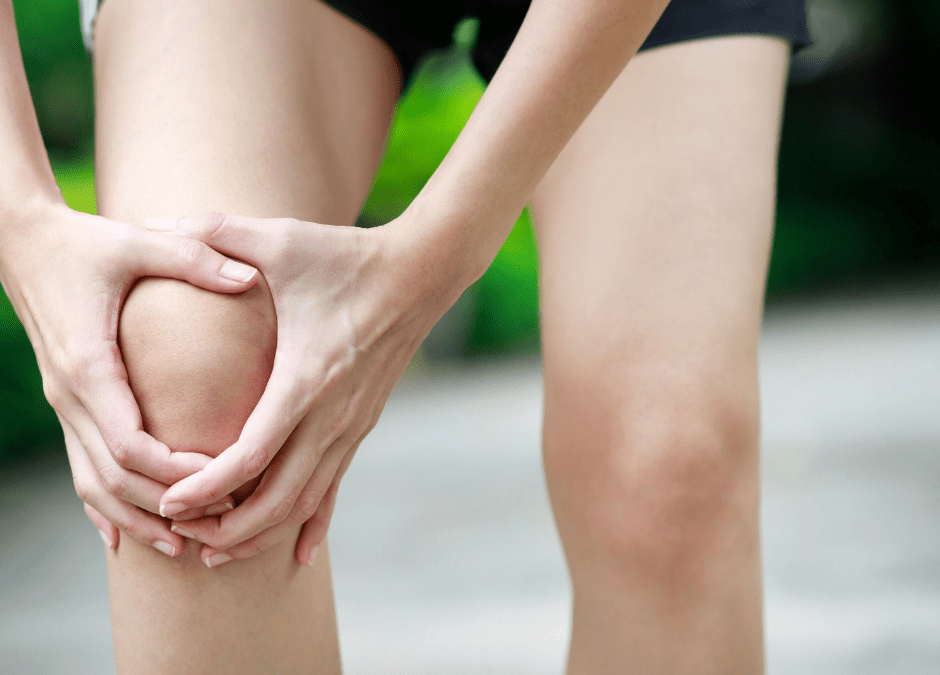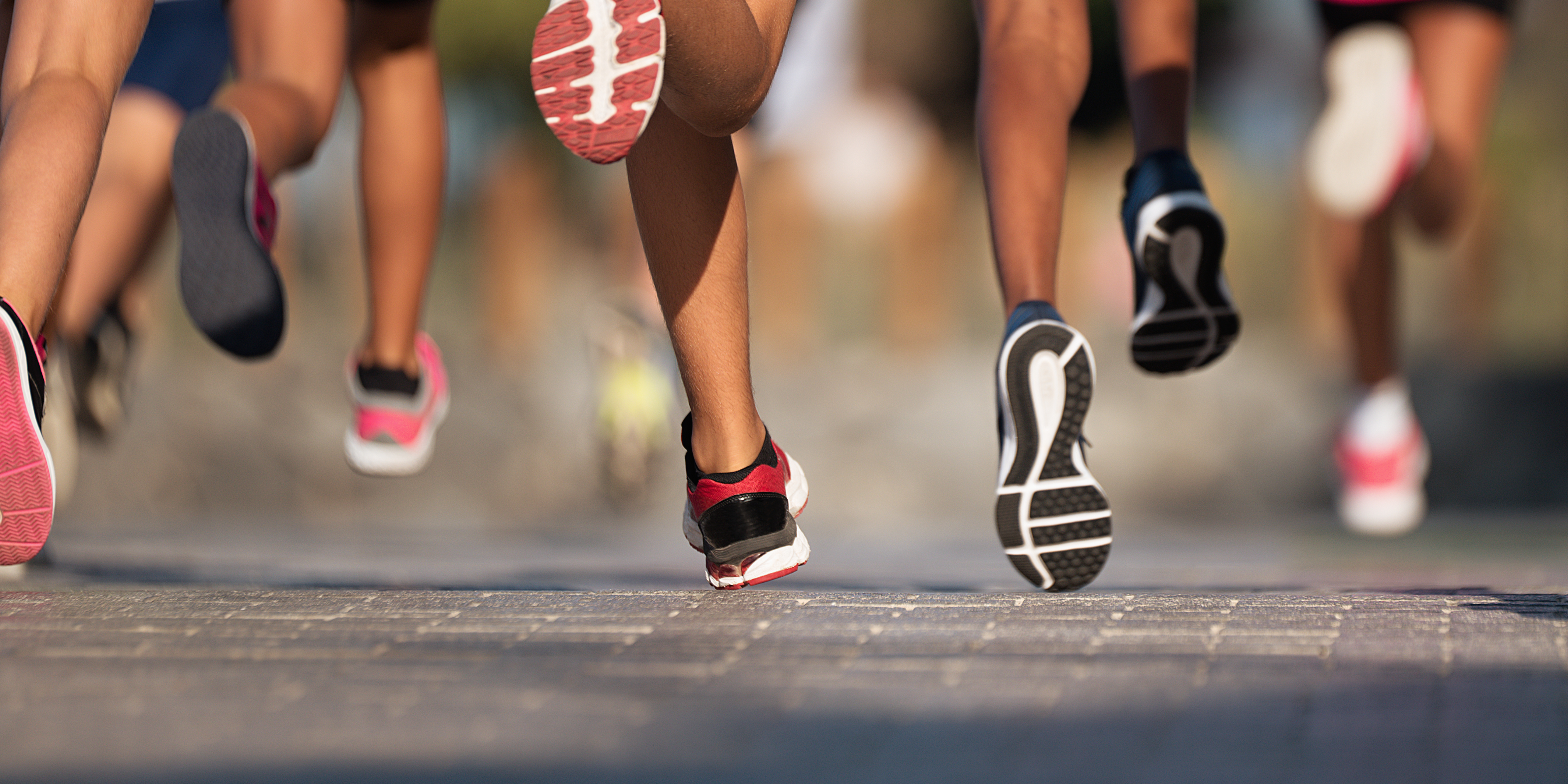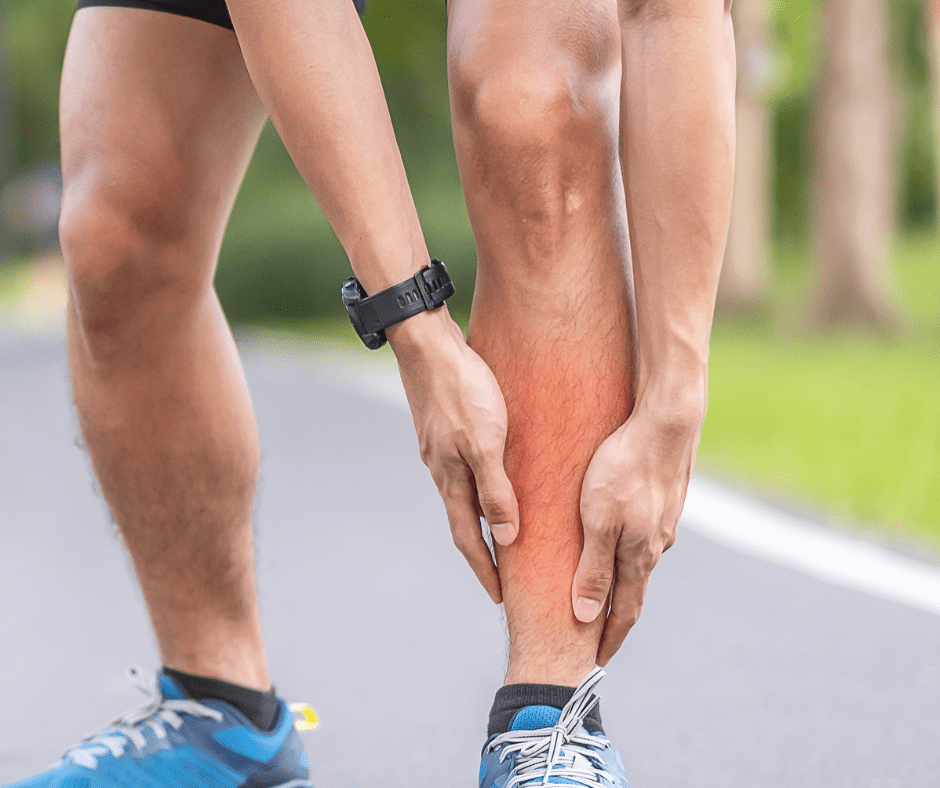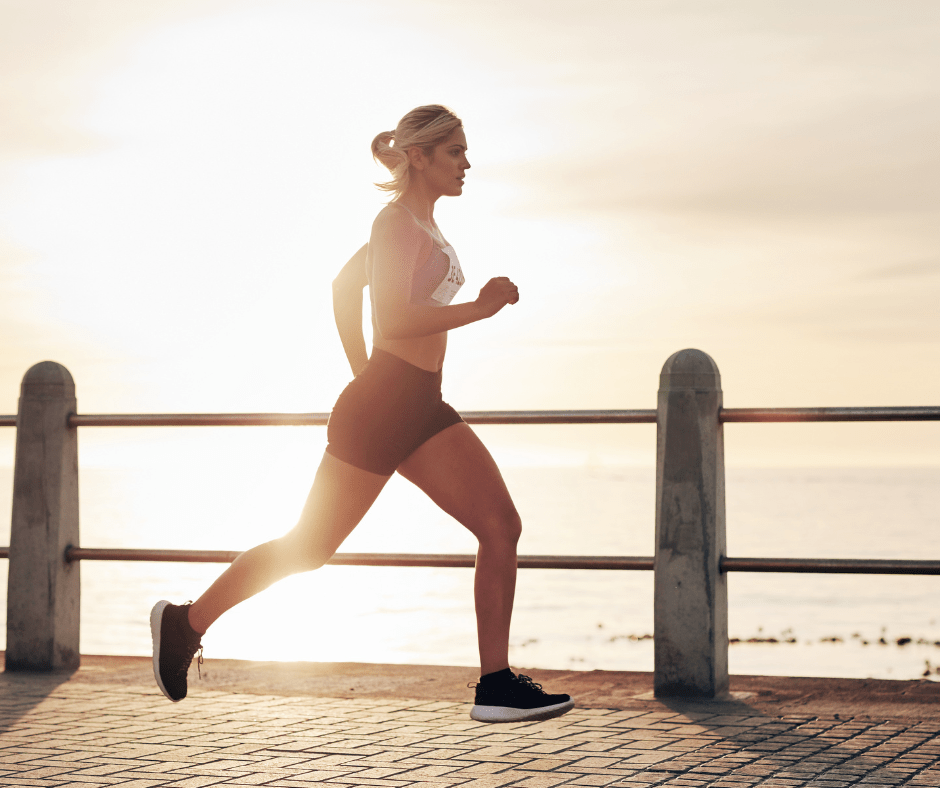What is runner’s knee?
Runner’s knee, more scientifically called patellofemoral pain syndrome (PFPS) is a condition which affects the cartilage on the underside of the knee cap and the structures which support it, as it moves up and down over the groove on the thigh bone when you bend and straighten your knee. The injury happens to both top runners and amateurs alike, with some statistics showing it accounts for nearly 50% of all running injuries.
The symptoms of runner’s knee include:
- Tenderness around or behind your kneecap
- Pain that is aggravated by downhill running
- Dull pain when running on uneven terrain
- Pain when you push on the patella bone
Do I have runner’s knee?
Injury occurs when there is ‘mal-tracking’ of the kneecap in the groove of the thigh bone and a chronic stimulation of the pain nerves in the surrounding area. The ‘mal-tracking’ may be due to a number of factors such as alignment of your foot, ankle and leg and muscle imbalance. Poor strength and flexibility in the hips, hamstrings and quadriceps have all been shown to contribute to this problem. However, training errors are the primary culprit. This can include an accelerated build-up of mileage, as well as excessive high-intensity running or hill work. Worn out or inappropriate footwear is also cited as a possible cause.
The first line of treatment for PFPS is rest, along with the use of ice and non-steroidal anti- inflammatories (NSAIDs), which may help reduce pain and swelling in the short term. Taping can also facilitate better kneecap movement and reduce pain, again in the short term.
Research shows that strengthening the hip/ buttock muscles, specifically the hip abductors and the glute muscles, can reduce pain in PFPS. Exercises for this may include squats, lunges, crab walking and bridging. Improving flexibility in the leg, especially the hip flexors is essential.
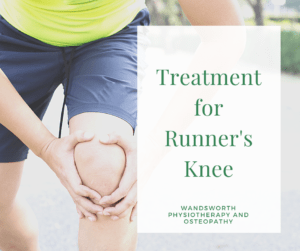
Treatment for runner’s knee
Physical therapy is also an important component for reducing pain around the knee and mobilising the joints and soft tissue structures. Remember that cutting back on mileage, or even taking a complete break from running will be important. A return to running plan can be discussed with your therapist as you work through your rehab programme. Some runners find that uphill running or simulating hills on a treadmill is less painful. Uphill running has the added value of working your glutes. Strong gluteal muscles help control hip and thigh movement, preventing the knee from turning inwards. Cycling, elliptical training and swimming are other ‘knee-friendly’ activities for cross-training.
It is important to be proactive with prevention measures, especially if you’ve suffered from runner’s knee in the past. Implementing a regular strength and flexibility routine should be the focus. Strengthening the hips, glutes, quads and hamstrings improves overall stability and helps the kinetic chain function better – reducing load on the knee and aiding support of the joint. Listen to your body and respond at the first sign of discomfort. Runner’s knee is an injury that worsens if you continue to run on it. Building mileage slowly will help ensure you remain healthy. Do not increase your mileage by more than 5-10 percent from one week to the next. Avoiding excessive downhill running is also a good thing to do if you’re hoping to avoid injury.
Ultrasound guided injections for runner’s knee
If you have corrected your mechanics and modified your loading and you are still experiencing pain then either an ultrasound guided steroid, hyaluronic acid, PRP or combined steroid and hyaluronic acid / combined hyaluronic acid / PRP injection may be useful to reduce symptoms and improve function in runner’s knee. Read here for more… https://wandsworthphysiotherapy.co.uk/prp-injections-in-wandsworth/

